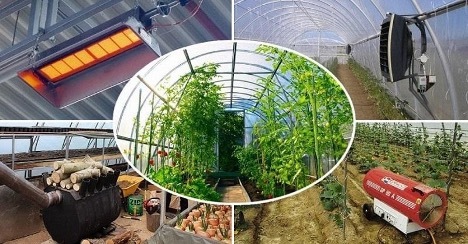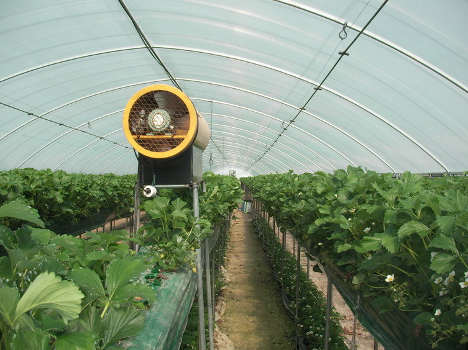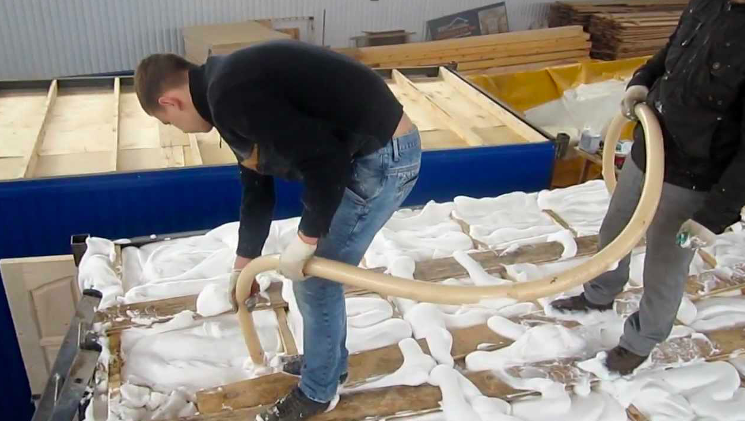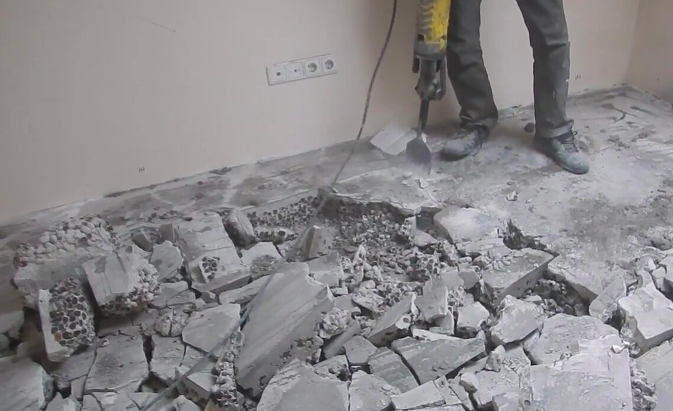Winter time for many gardeners is an opportunity to continue growing plants in greenhouses. However, to create favorable conditions, it is necessary to provide heat in the greenhouse. In this article, we will look at how to make a DIY greenhouse heater and discuss the best greenhouse heating projects.

The content of the article
- Greenhouse Heating Basics
- In which greenhouses is it safe to install a heater?
- DIY heater design
-
The best projects for self-heating a greenhouse
- Practical recommendations for heating a greenhouse
- The most energy efficient DIY heaters
- Mistakes when designing heating for a winter greenhouse
- Conclusion
Greenhouse Heating Basics
Heating a greenhouse is a key aspect to ensure successful growing of plants during the cold season. An efficient heating system helps maintain optimal temperature conditions, which in turn promotes good plant growth and development. The main types of heating include hydronic, electric and gas heating, each of which has its own advantages and disadvantages.
Choosing a specific type of heating depends on many factors, including the size of the greenhouse, its design, and the availability of certain energy sources. It is also important to consider the economic side of the issue, since the cost of installing and operating a heating system can vary significantly.
When designing a heating system, safety must also be taken into account. All equipment must be installed and connected correctly to avoid possible risks associated with fires or gas leaks. Heating a greenhouse with your own hands requires knowledge and some experience, so in some cases, specialist advice or professional installation may be required.
In which greenhouses is it safe to install a heater?
It is safe to install heaters in greenhouses made of non-flammable or flame-retardant materials such as metal, glass or polycarbonate. It is also important that the greenhouse has good ventilation and a thermoregulation system to control the temperature. The heater must be correctly installed and connected in compliance with all safety standards.
DIY heater design
Designing a heater for a greenhouse with your own hands is a task that requires a careful approach. First of all, determine what type of heater is right for you: water, electric or gas. Next, develop a layout for the heater and heat distribution system. Select materials and components, taking into account their thermal conductivity, safety and durability. When designing, consider the ability to regulate temperature and ensure uniform heating of the greenhouse. Think over a sketch of the project, calculate the required power of the heater and think over the security system. Creating detailed drawings and diagrams will help to avoid errors in the process of manufacturing and installing the heater.
The best projects for self-heating a greenhouse
Let's look at a few of the best projects that will help you create an effective and safe greenhouse heater with your own hands:
- heating the greenhouse using a water boiler;
- electric heater with thermostat;
- gas heater with security system.
Practical recommendations for heating a greenhouse
When heating a greenhouse, it is important to consider the following aspects:
- It is best to choose a heater that matches the size and materials of your greenhouse.
- Install a thermostat to maintain the desired temperature and save energy.
- Provide good ventilation to avoid overheating and allow air circulation.
- Make sure the heating system is safe and does not pose a fire risk.
- Additionally, insulate the greenhouse to reduce heat loss.
- Regularly check the heating system for faults and correct them in a timely manner.
Following these recommendations will help to effectively heat the greenhouse and create favorable conditions for plants.
The most energy efficient DIY heaters
The most energy efficient heaters you can make yourself include:
- Infrared heaters. They heat surfaces and objects rather than the air, making them more efficient.
- Heat pumps. Although they are difficult to manufacture, they are very effective because they use the heat of the environment.
- Solid fuel heaters. Using firewood or briquettes may be more cost effective if you have access to cheap or free fuel.
- Solar heaters. This is an environmentally friendly and energy efficient option, especially on sunny days.
The specific type of heater you choose will depend on your skills, availability of materials, and climate conditions in your area.

Mistakes when designing heating for a winter greenhouse
Designing a heating system for a winter greenhouse is a delicate process where mistakes can easily be made. Some of them include:
- Underestimating the required heater power. It is important to correctly calculate the required power to ensure efficient heating.
- Lack of thermoregulation. Adjusting the temperature helps save energy and maintain a comfortable environment for plants.
- Poor insulation of the greenhouse. Effective insulation reduces heat loss and reduces heating costs.
- Lack of ventilation. Good ventilation must be provided to prevent overheating and allow air circulation.
- Use of unsuitable materials. Materials must be durable and safe for use in a heating system.
Conclusion
Creating a heater for a greenhouse with your own hands is an opportunity to provide comfortable conditions for plants even in the cold season. By following the recommendations above and choosing the right project, you can achieve excellent results and extend the growing season.


